
Heat your house judiciously
Nancy Clark of Hydro One in Ontario suggests starting with benchmark temperatures of 21°C when you’re home, 16°C when you’re out and 18°C when you’re sleeping. From there you can fine-tune based on what’s comfortable for your family. For every degree you lower your thermostat, you’ll save about 5 percent on heating costs.

Be patient
On a cold winter day, don’t set your thermostat higher than you want the temperature to be in order to warm your home faster. It won’t hasten the process, and it’ll keep the furnace running longer.
Find out what it was like on the coldest day in Canadian history.

Humidity is key
To make your house feel warmer during cooler months, Clark suggests maintaining a humidity level of 30 to 40 percent—moist air retains heat better than dry air. If your home is arid, use an energy-efficient humidifier.
Check out the best finance podcasts to help you manage your money.
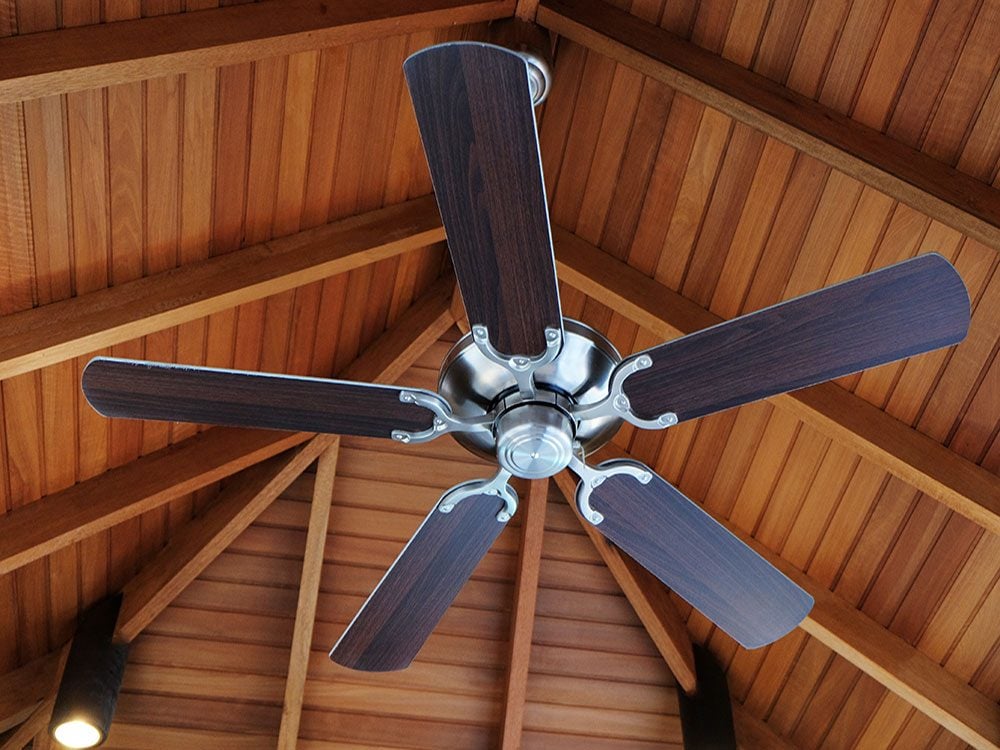
Become a fan of ceiling fans
To save on heating bills, “have fans spin clockwise at a low speed to circulate warm air downward in the winter,” Clark says. In the summer, turn up the thermostat by a degree or two and switch to counter-clockwise to whisk hot air up.
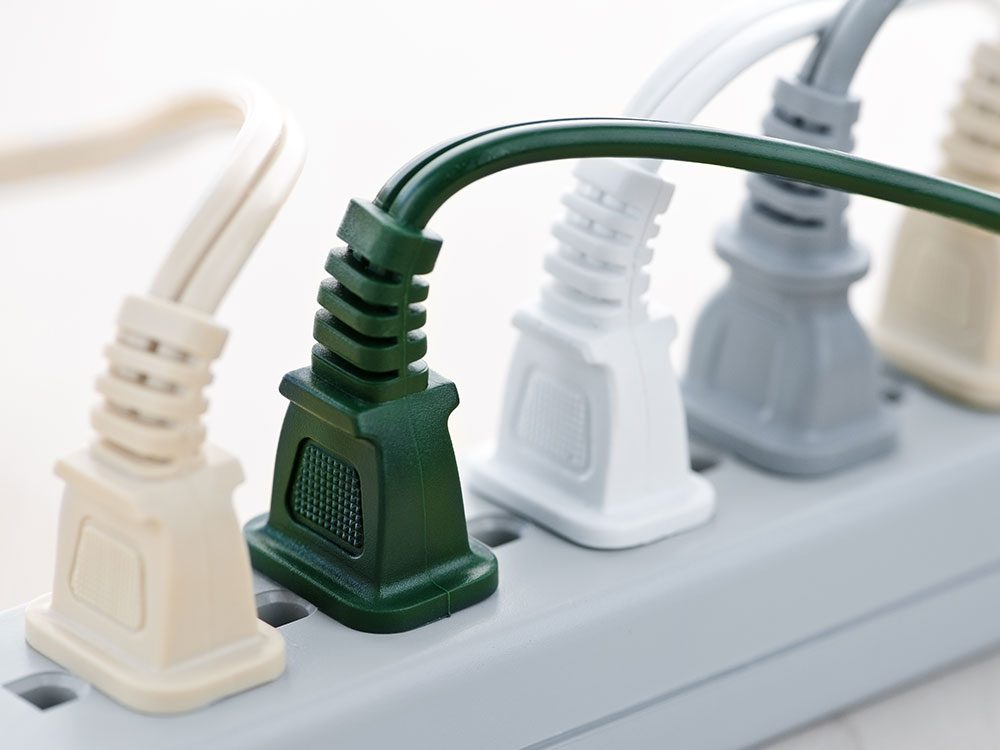
Invest in power bars
The average household contains about 25 electronic devices drawing phantom power, says Clark. To save time and energy, plug multiple gadgets (like computers, printers and cellphone chargers) into one power bar that you can switch off when you’re not using it.
Make sure you avoid these common power bar mistakes.
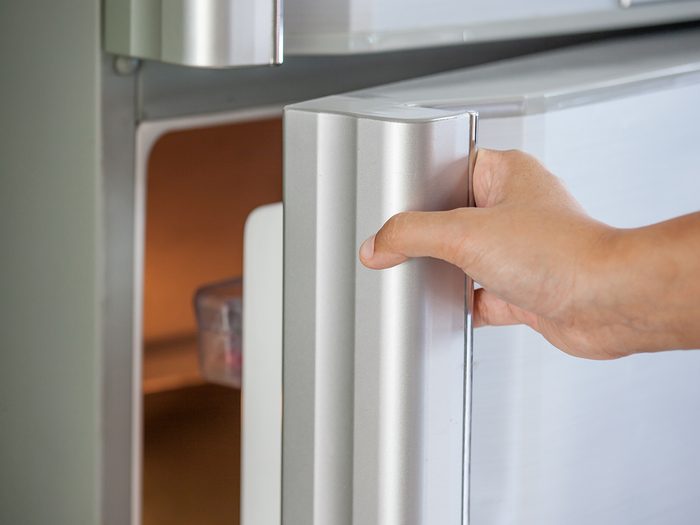
Get rid of that old beer fridge
Maurice Nelischer, director of sustainability at the University of Guelph, suggests saying one last cheers before recycling that old beer fridge chugging along in your basement. Old refrigerators can use three times as much energy as newer ones; ditching yours could save you about $300 a year.
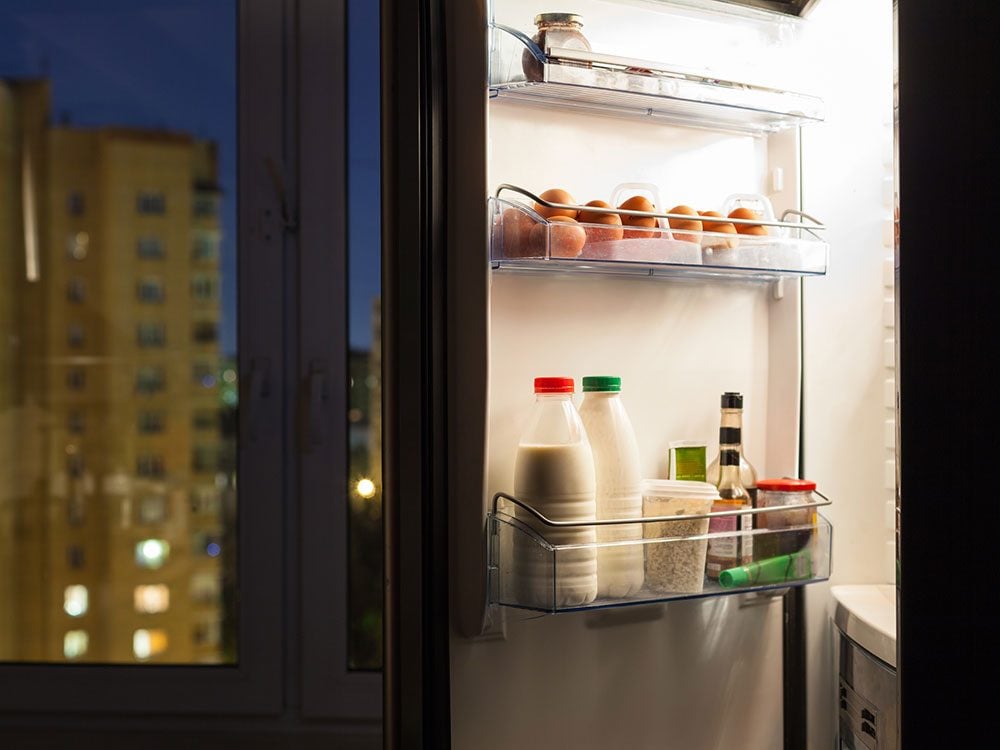
Clean out your fridge and freezer regularly
If your fridge and freezer are overstuffed, they won’t circulate air properly, leading to uneven temperatures and an overworked compressor. You can also extend the life of your fridge—and make it more energy efficient—by replacing the gaskets when they get old and weak.
Find out if your freezer is set to the right temperature.
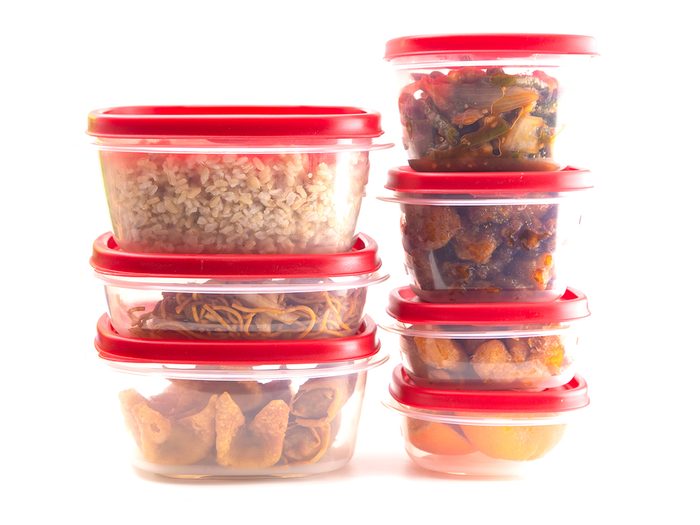
Let hot foods cool before refrigerating them
Hot food will raise the temperature inside the fridge and force it to increase its efforts to cool things down again. Let your gastronomic creations cool down to room temperature before storing them in the fridge.

Zap your snacks
Make small meals and heat leftovers in the microwave instead of your oven—you’ll use up to 75 percent less energy.
Check out more cooking hacks that’ll save time (and money) in the kitchen.
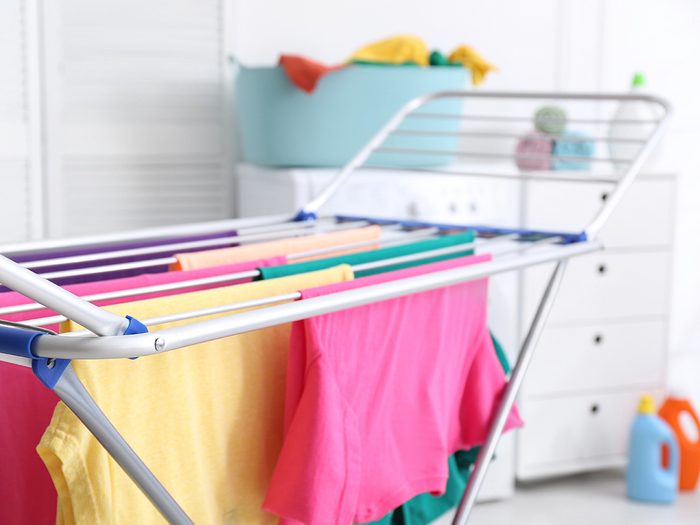
Hang-dry when possible
Electrical dryers account for about six percent of an average home’s energy bills. By contrast, line-drying your clothes (and hang-drying indoors in winter) can save you up to $100 per year.
Discover 15 money mistakes that are costing you thousands.
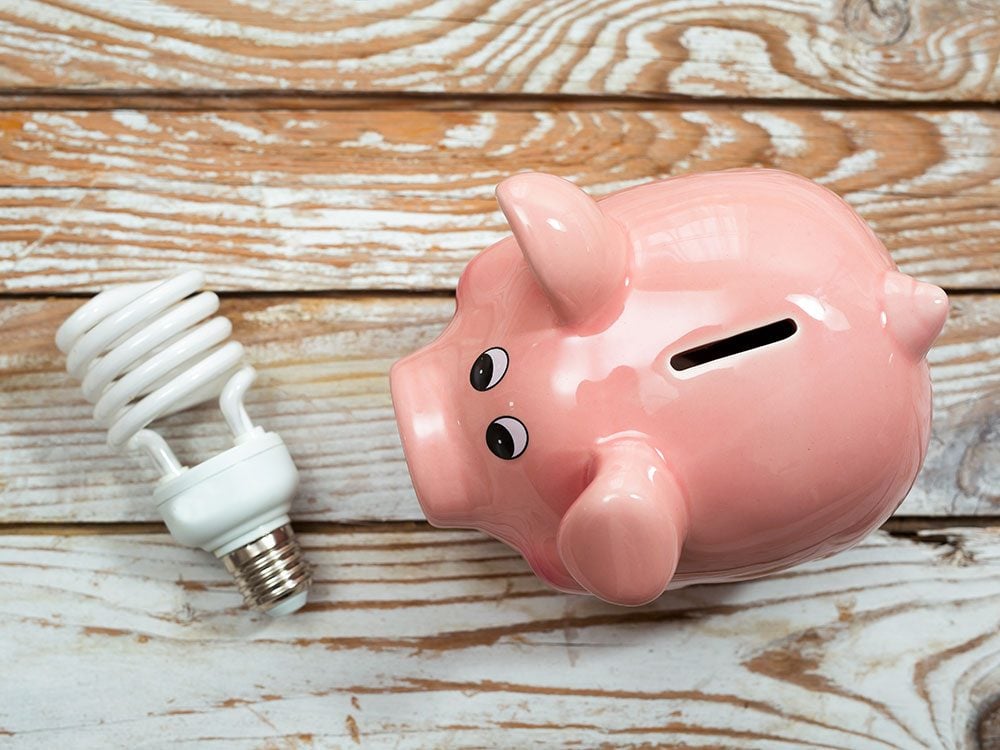
A little research goes a long way
Check out your local power company’s conservation incentive program—you may qualify for a furnace replacement grant, coupons for LED bulbs and more.
Next, find out 50 money saving tips you’ll wish you’d known sooner.